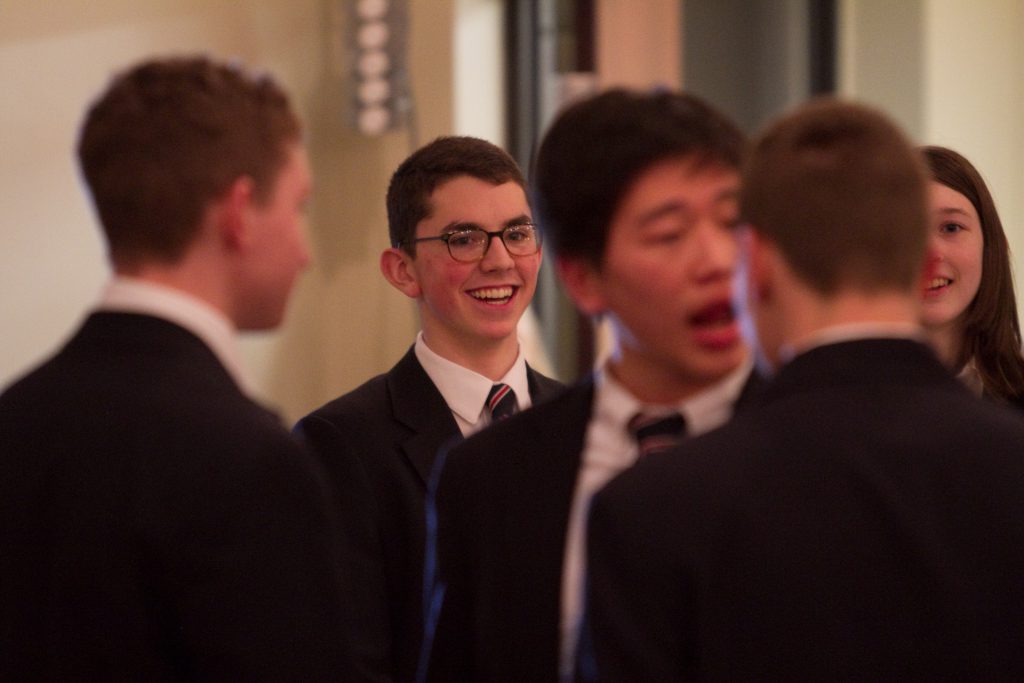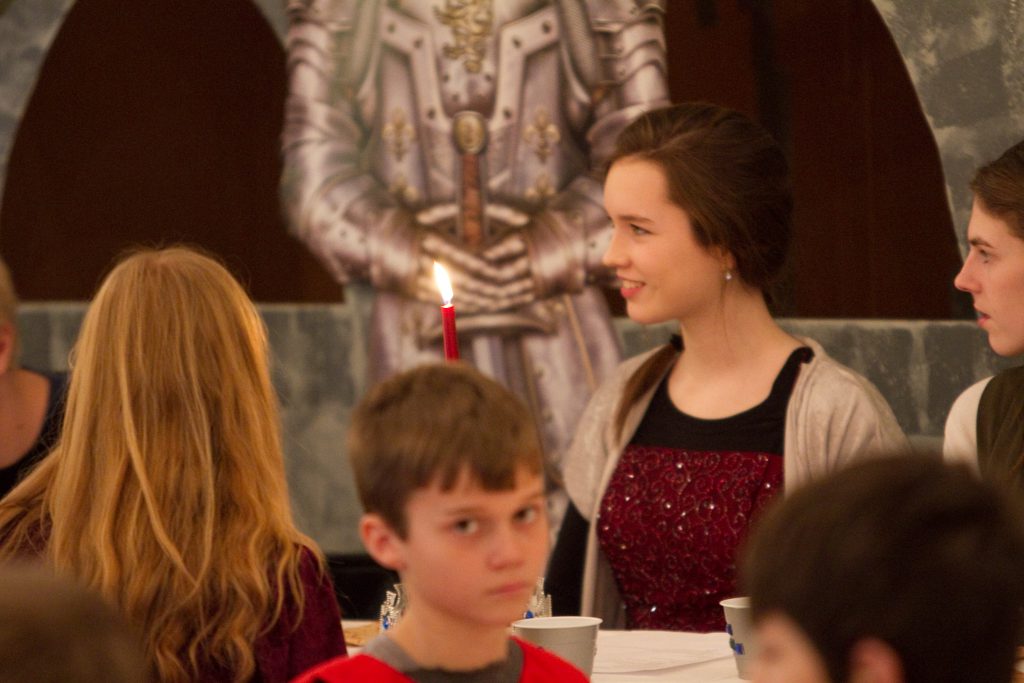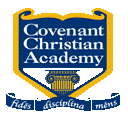More Than Just The Highest SAT Scores
Covenant students receive the highest SAT scores among high schools in the Harrisburg area. Ironically, our school does not focus on standardized test scores (the common test prep model), rather our aim is to train students in the traditional, classical liberal arts model and curriculum. Our Upper School includes both Dialectic and Rhetoric training. While we call 7th through 9th grades the Dialectic School and the 10th through 12th grades the Rhetoric School, instruction in both disciplines is spread throughout the Upper School across the boundaries.
Dialectic Pedagogy and Curriculum

During the Grammar School years, students are taught important information by means of songs, chants, jingles, and rhymes. Historical facts and timelines, science facts, math facts, Latin vocabulary, and rules of grammar are all taught using songs, chants, jingles, and rhymes. During the Dialectic School years the teaching methods shift from songs and chants to discussion, debate, and argument. Students continue to make use of the “tools” that they acquired in Grammar School, but the emphasis becomes the new dialectic tools. Students are taught Socratically with a good bit of give and take (dialectic) between teacher and students.
Logic has a central place in the curriculum. Students take three years of Logic classes where principles of valid reasoning, informal fallacies and symbolic logic are taught. Students apply their skills learned in Logic across the curriculum. For example, students in history, literature or science classes will be required to think logically about the content they study and to expose any fallacies they detect in texts, presentations and classmates (respectfully of course). Writing assignments in these classes are assessed for their logical sharpness, and examinations presuppose logical skill.
Here is an example of an 8th grader displaying her rhetorical training, impersonating a Greek naval commander:
Rhetoric Pedagogy and Curriculum
Most of us know that one can win an argument but still “lose the person.” Being logically correct does not necessarily mean that we will persuade others to take action or to adopt an idea. This is why it is necessary to train students not only in logic but also in rhetoric, for rhetoric is the art of persuasive speech and writing. Leaders must know how to persuade others to follow.
After having studied the disciplines of grammar and logic (or dialectic), students spend three years studying rhetoric. Like logic in the dialectic school, rhetoric is a central or “paradigmatic” discipline–students study other traditional subjects (e.g., history, science, math, literature, foreign language) but do so from a rhetorical perspective.
Rhetoric is the art of persuasive writing and speech. Through their study of rhetoric, students learn how to speak and write with eloquence, imagination, beauty and persuasion. They spend a good deal of time practicing what they learn by writing and delivering their own speeches and presentations for various classes. Lab reports, literature papers and exam essays all make use of rhetorical skill.

As they practice using rhetoric as a tool of learning, they are becoming good communicators, and they are also learning the material that makes up their speeches. The principles of constructing effective speeches are also applied to writing. Students write many papers of various lengths in their study of various subjects.
It is this emphasis on rhetoric that sets Covenant apart from other programs. It is at this final stage of their secondary education that our students synthesize all that they have learned in their previous schooling and concentrate on becoming masters of the spoken and written word.
While rhetoric is the paradigm discipline in the Rhetoric School, students study the traditional subjects of history, science, math, literature, foreign language, music and art. They also are able to choose elective courses in a variety of subjects including drama, Greek, philosophy, painting, military history. To view a chart of the entire secondary school curriculum, click the link below.
Secondary School Curriculum Chart
Our graduates go on to attend a variety of colleges and universities where they report being well prepared for their studies. To view a School Profile (the document that accompanies all transcripts sent to colleges), click on the link below.
